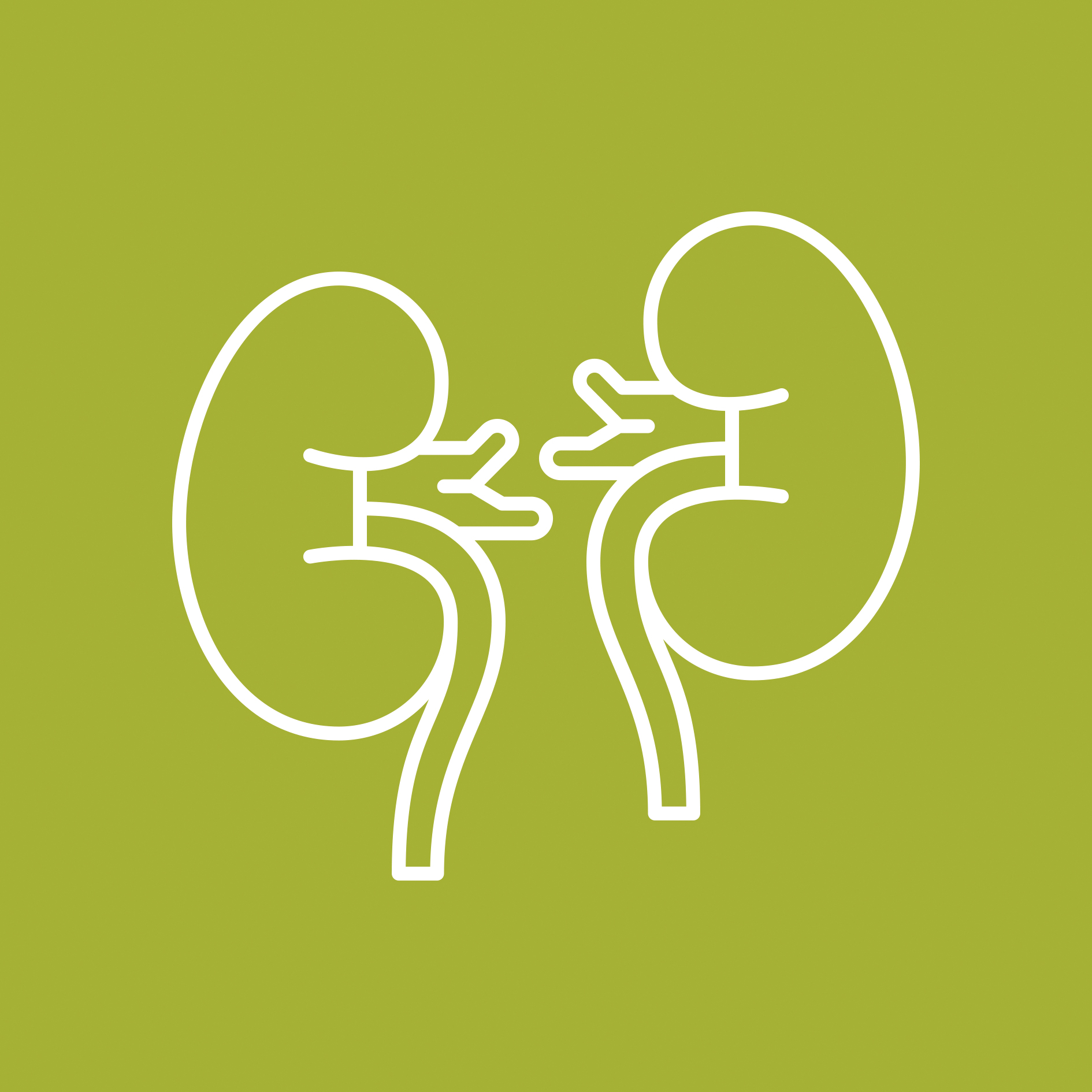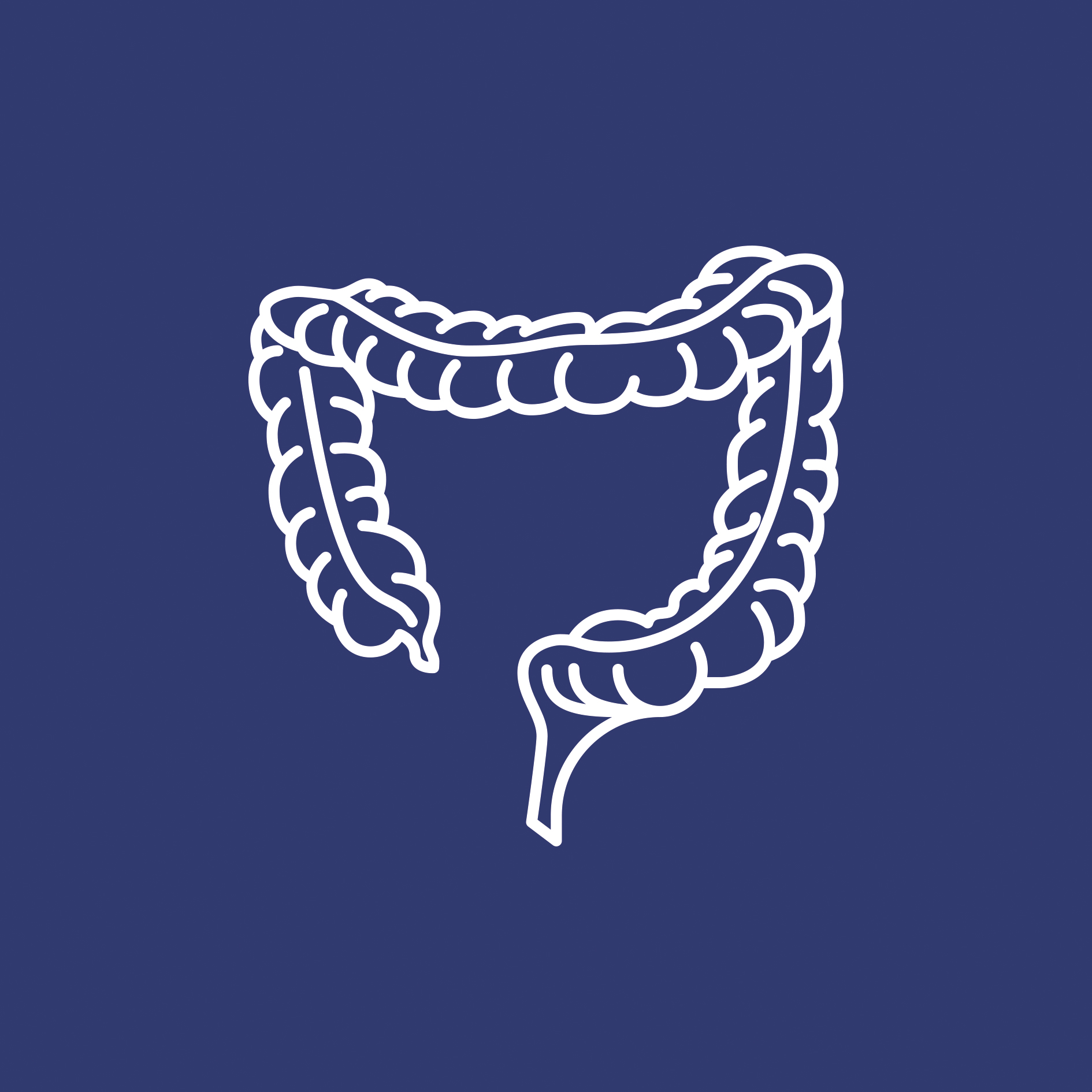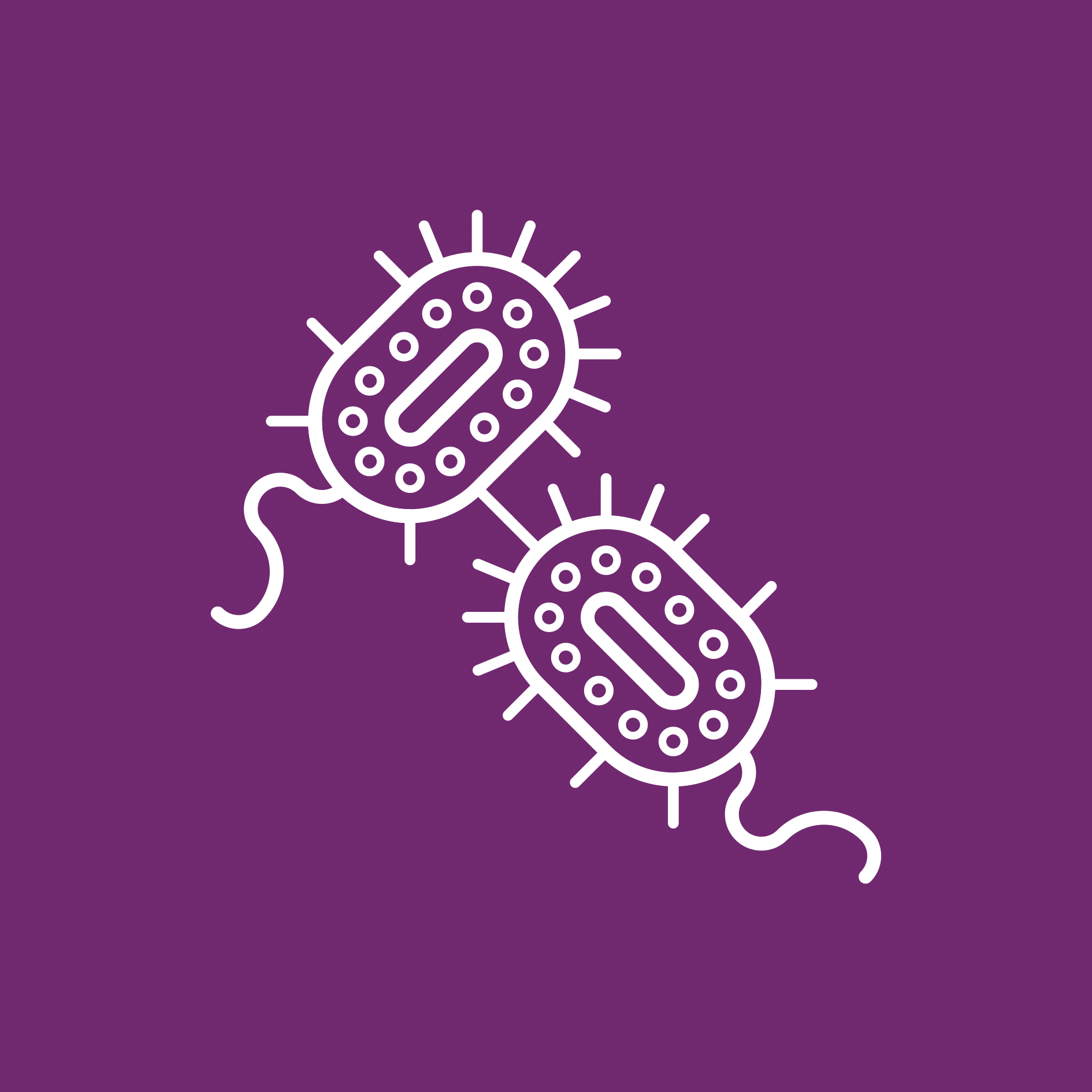Les Antibiotiques et Antifungiques
Le tableau suivant propose les voies d’administration et posologies habituelles pour les antibiotiques et antifongiques les plus fréquemment utilisés. Une adaptation de la voie d’administration et de la posologie pourrait être nécessaire selon la sévérité de l’infection, l’état clinique du résident, de ses comorbidités (p.ex. fonction rénale) et du projet thérapeutique.
AMOXICILLINE / CLAVULANATE
Augmentin®
Co-Amoxi Mepha®
1g
PO
2 (à 3) fois/jour
Il existe en comprimés orodispersibles
AZITHROMYCINE
Zithromax®
Azithromycine Mepha®
500mg
PO
1 fois / jour
Il existe en sachet
CEFTRIAXONE
Rocéphine®
Ceftriaxon Labatec®
1 à 2g
IM ou IV
1 fois / jour
IM : 1g / 24h si voie d’administration IM
IV : 1 à 2g / 24h si voie d’administration IV
CEFUROXIME
Zinat®
Cefuroxim Mepha®
500mg
PO
2 fois / jour
CIPROFLOXACINE
Ciproxine®
Ciprofloxacin Mepha®
500mg
PO
2 fois / jour
Risque d’etat confusionnel aigu, tendinopathie
CLARITHROMYCINE
Klacid®
Clarithromycinn Mepha®
500mg
PO
2 fois / jour
Attention aux interactions medicamenteuses
CLINDAMYCINE
Dalacin®
Clindamycine Sandoz®
600mg
PO
3 fois / jour
Pas d’adaptation a la fonction rénale
CO-TRIMOXAZOLE
Bactrim forte®
Nopil forte®
800/160mg
PO
2 fois / jour
Attention en cas d’utilisation d’autres médicaments pouvant provoquer une hyperkaliémie (IECA)
ERTAPENEM
Invanz®
1g
IV
1 fois / jour
FOSFOMYCINE
Monuril®
Fosfomycin Mepha®
3g
PO
Dose Unique
Idealement le soir après avoir vidé la vessie
MÉTRONIDAZOLE
Flagyl®
500mg
PO
3 fois / jour
Effet antabuse si consommation d’alcool
NITROFURANTOINE
Furadantine®
Uvamin®
100mg
PO
2 fois / jour
Contre-indique si clairance de créatinine < 45 ml / min
VANCOMYCINE
Vancocin®
125mg
PO
4 fois / jour
IV pas efficace sur infection digestive à Clostridioides difficile
FLUCONAZOLE
Diflucan®
Fluconazole Sandoz®
200mg à 400mg
PO
1 fois / jour
Attention aux interactions médicamenteuses
Dose unique de 200mg lors d’une candidose oropharyngée
NYSTATINE
Mycostatin®
100’000 UI / ml
PO
4ml
4 fois / jour
Garder la suspension dans la bouche aussi longtemps que possible puis avaler
Adaptation de la Posologie en cas d’insuffisance rénale
STADES KDOQI
KDOQI : Kidney Disease Outcomes Quality Initiative
eGFR : La clairance estimée à partir de la créatininémie (eGFR) est utilisable pour les personnes de taille et poids standard
Dose de charge : quelle que soit la fonction rénale, donner une dose de charge (cf. fonction rénale normale) pour les anti-infectieux à élimination rénale (pénicillines, céphalosporines, carbapénèmes, ciprofloxacine, lévofloxacine, co-trimoxazole, vancomycine, fluconazole), puis adaptation selon stades KDOQI.
CRRT : Continuous Renal Replacement Therapy
Fonction Rénale
NORMALE
STADE 2
89-60 ml/min
STADE 3
59-30 ml/min
STADE 4
29-15 ml/min
STADE 5
<15 ml/min
DIALYSE
CRRT
AMOXICILLINE / AC. CLAVULANIQUE PO
NORMAL
1000mg /12h
1000mg /8h
STADE 2
1000mg /12h
1000mg /8h
STADE 3
625mg /12h
1000mg /12h
STADE 4
1000mg /24h
STADE 5
625mg /24h
DIALYSE
625mg /24h + extra 625mg post dialyse
CRRT
Pas Relevant
CEFTRIAXONE
IV
NORMAL
2000mg /24h
2000mg /12h
STADE 2
2000mg /24h
2000mg /12h
STADE 3
2000mg /24h
2000mg /12h
STADE 4
2000mg /24h
2000mg /12h
STADE 5
2000mg /24h
2000mg /12h
DIALYSE
1000mg /24h dose post dialyse
1000mg /12h
CRRT
2000mg /24h
2000mg /12h
CÉFUROXIME
PO
NORMAL
500mg
/12h
STADE 2
500mg
/12h
STADE 3
250mg
/12h
STADE 4
250mg
/12h
STADE 5
250mg
/24h
DIALYSE
250mg /24h dose post dialyse
CRRT
Pas Relevant
Fonction Rénale
NORMALE
STADE 2
89-60 ml/min
STADE 3
59-30 ml/min
STADE 4
29-15 ml/min
STADE 5
<15 ml/min
DIALYSE
CRRT
CIPROFLOXACINE
PO
NORMAL
500mg /12h
750mg /12h
STADE 2
500mg /12h
750mg /12h
STADE 3
500mg /12h
750mg /12h
STADE 4
250mg /12h
500mg /12h
STADE 5
250mg /12h
250mg /12h
DIALYSE
250mg /12h dose post dialyse
CRRT
Pas Relevant
CLINDAMYCINE
PO
NORMAL
600mg
/8h
STADE 2
Pas d’adaption
STADE 3
Pas d’adaption
STADE 4
Pas d’adaption
STADE 5
Pas
d’adaption
DIALYSE
Pas d’adaption
CRRT
Pas d’adaption
CO-TRIMOXAZOLE
PO
NORMAL
800/160mg
/12h
STADE 2
800/160mg
/12h
STADE 3
800/160mg
/12h
STADE 4
800/160mg
/24h
STADE 5
800/160mg
/24h*
DIALYSE
800/160mg /24h dose post dialyse
CRRT
400/80mg /12h
*En principe déconseillé lors d’insuffisance rénale avancée (accumulation de métabolites, etc.).
Les doses proposées ne concernent que les situations à indication impérative.
Fonction Rénale
NORMALE
STADE 2
89-60 ml/min
STADE 3
59-30 ml/min
STADE 4
29-15 ml/min
STADE 5
<15 ml/min
DIALYSE
CRRT
ERTAPÉNÈME
IV
NORMAL
1000mg
/24h
STADE 2
1000mg
/24h
STADE 3
750mg
/24h
STADE 4
750mg
/24h
STADE 5
500mg
/24h
DIALYSE
500mg /24h dose post dialyse
CRRT
750mg /24h
LÉVOFLOXACINE
PO
NORMAL
500mg
/12h
STADE 2
500mg
/12h
STADE 3
250mg
/12h
STADE 4
250mg
/24h
STADE 5
125mg
/24h
DIALYSE
250mg /24h dose post dialyse
CRRT
500mg /24h
MÉTRONIDAZOLE
PO
NORMAL
500mg
/8h
STADE 2
Pas d’adaption
STADE 3
Pas d’adaption
STADE 4
Pas d’adaption
STADE 5
Contre indiqué*
DIALYSE
Pas d’adaption
CRRT
Pas d’adaption
*Accumulation de métabolites toxiques si pas dialysé
Fonction Rénale
NORMALE
STADE 2
89-60 ml/min
STADE 3
59-30 ml/min
STADE 4
29-15 ml/min
STADE 5
<15 ml/min
DIALYSE
CRRT
VANCOMYCINE
IV
NORMAL
1000mg
/12h
STADE 2
750mg
/12h
STADE 3
500mg
/12h
STADE 4
500mg
/24h
STADE 5
500mg
/48h
DIALYSE
500mg /48h dose post dialyse
CRRT
750mg
/24h
VANCOMYCINE
PO
NORMAL
125mg
/6h
STADE 2
Pas d’adaption
STADE 3
Pas d’adaption
STADE 4
Pas d’adaption
STADE 5
Pas d’adaption
DIALYSE
Pas d’adaption
CRRT
Pas d’adaption
CLARITHROMYCINE
PO
NORMAL
500mg
/12h
STADE 2
500mg
/12h
STADE 3
500mg
/12h
STADE 4
500mg
/12h
STADE 5
250mg
/12h
DIALYSE
250mg
/12h
CRRT
Pas Relevant
Fonction Rénale
NORMALE
STADE 2
89-60 ml/min
STADE 3
59-30 ml/min
STADE 4
29-15 ml/min
STADE 5
<15 ml/min
DIALYSE
CRRT
AZITHROMYCINE
PO
NORMAL
500mg
/24h
STADE 2
500mg
/24h
STADE 3
500mg
/24h
STADE 4
500mg
/24h
STADE 5
250mg
/24h
DIALYSE
250mg
/24h
CRRT
Pas Relevant
NITROFURANTOINE
PO
NORMAL
100mg
/12h
STADE 2
100mg
/12h
STADE 3
100mg
/12h
Nitrofuranotine
contre-indiquée
si clairence < 45 ml / min
STADE 4
Contre indiqué
STADE 5
Contre indiqué
DIALYSE
Contre indiqué
CRRT
Contre indiqué
FOSFOMYCINE
PO
NORMAL
3000mg
/24h
STADE 2
3000mg
/24h
STADE 3
3000mg
/24h
STADE 4
3000mg
/24h
STADE 5
3000mg
/24h
DIALYSE
Contre indiqué
CRRT
Contre indiqué
Fonction Rénale
NORMALE
STADE 2
89-60 ml/min
STADE 3
59-30 ml/min
STADE 4
29-15 ml/min
STADE 5
<15 ml/min
DIALYSE
CRRT
FLUCONAZOLE
PO
NORMAL
400mg /24h
STADE 2
400mg /24h
STADE 3
300mg /24h
STADE 4
200mg /24h
STADE 5
200mg
/24h
DIALYSE
200mg /24h
+extra 200mg post dialyse
CRRT
400mg /24h
NYSTATINE
PO
NORMAL
400’000UI /6h
STADE 2
Pas d’adaptation
STADE 3
Pas d’adaptation
STADE 4
Pas d’adaptation
STADE 5
Pas d’adaptation
DIALYSE
Pas d’adaptation
CRRT
Pas d’adaptation
VALACYCLOVIR
PO
NORMAL
1000mg
/8h
STADE 2
1000mg
/8h
STADE 3
1000mg
/12h
STADE 4
1000mg
/24h
STADE 5
500mg
/24h
DIALYSE
500mg / 24h
dose post dialyse
CRRT
ND
BRIVIDUNE
PO
NORMAL
125mg
/24h
STADE 2
125mg
/24h
STADE 3
125mg
/24h
STADE 4
125mg
/24h
STADE 5
125mg
/24h
DIALYSE
ND
CRRT
ND


Remarques
Une partie de ces recommandations sont tirées du guide d’antibiothérapie chez l’adulte du CHUV | www.chuv.ch/min (la version électronique est mise à jour régulièrement)
Ces recommandations d’adaptation de la posologie des anti-infectieux en cas d’insuffisance rénale sont proposées par les pharmacologues cliniques du CHUV, en collaboration avec le groupe des anti-infectieux du CHUV. Elles sont fondées sur le raisonnement pharmacocinétique et se veulent plus précises que celles du fabricant. Elles peuvent donc différer légèrement des recommandations du Compendium.
CAVEAT: ces tableaux se limitent aux anti-infectieux les plus courants. Les autres nécessitent en principe aussi une adaptation de posologie lors d’insuffisance rénale (lire l’information produit, contacter la Pharmacologie clinique au besoin).










